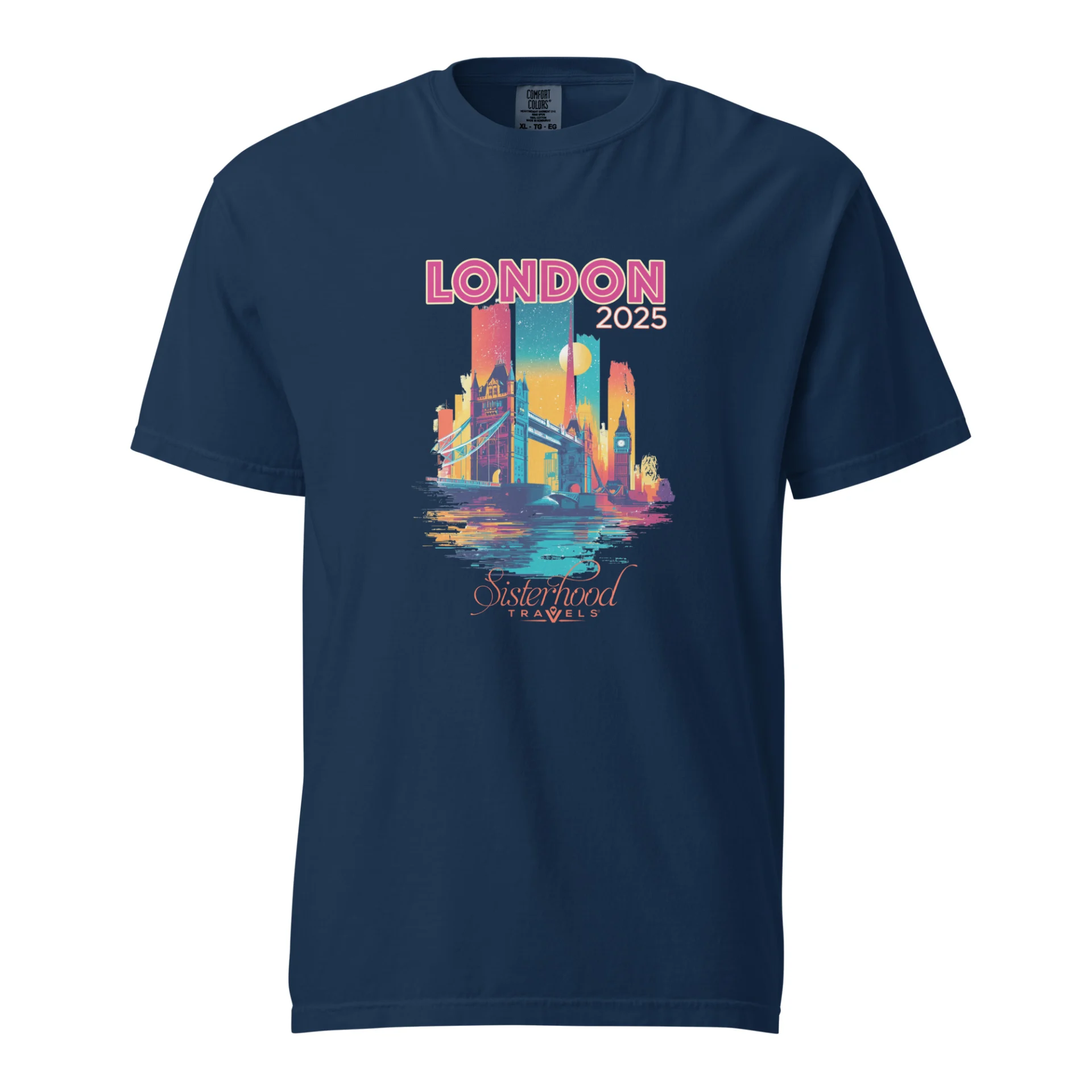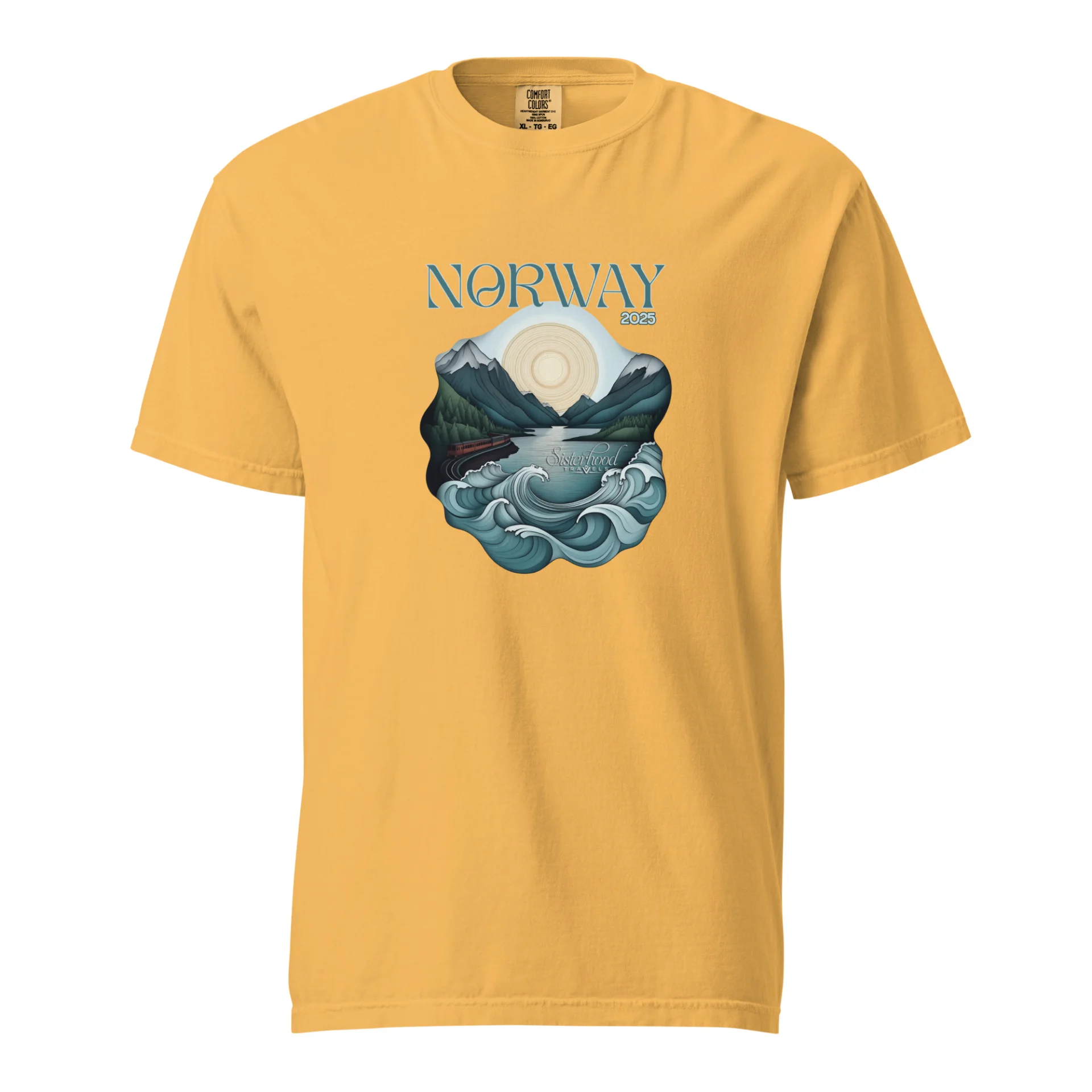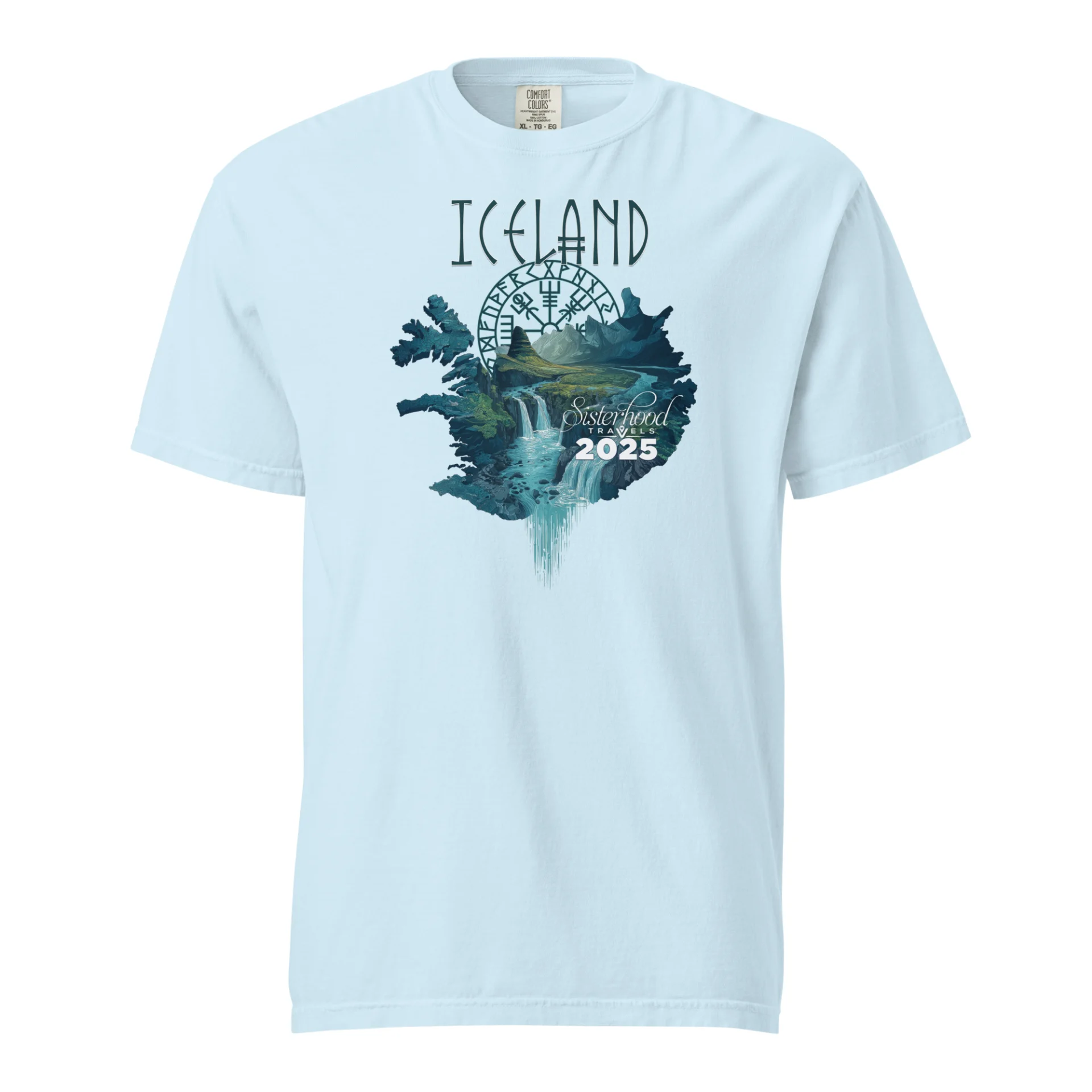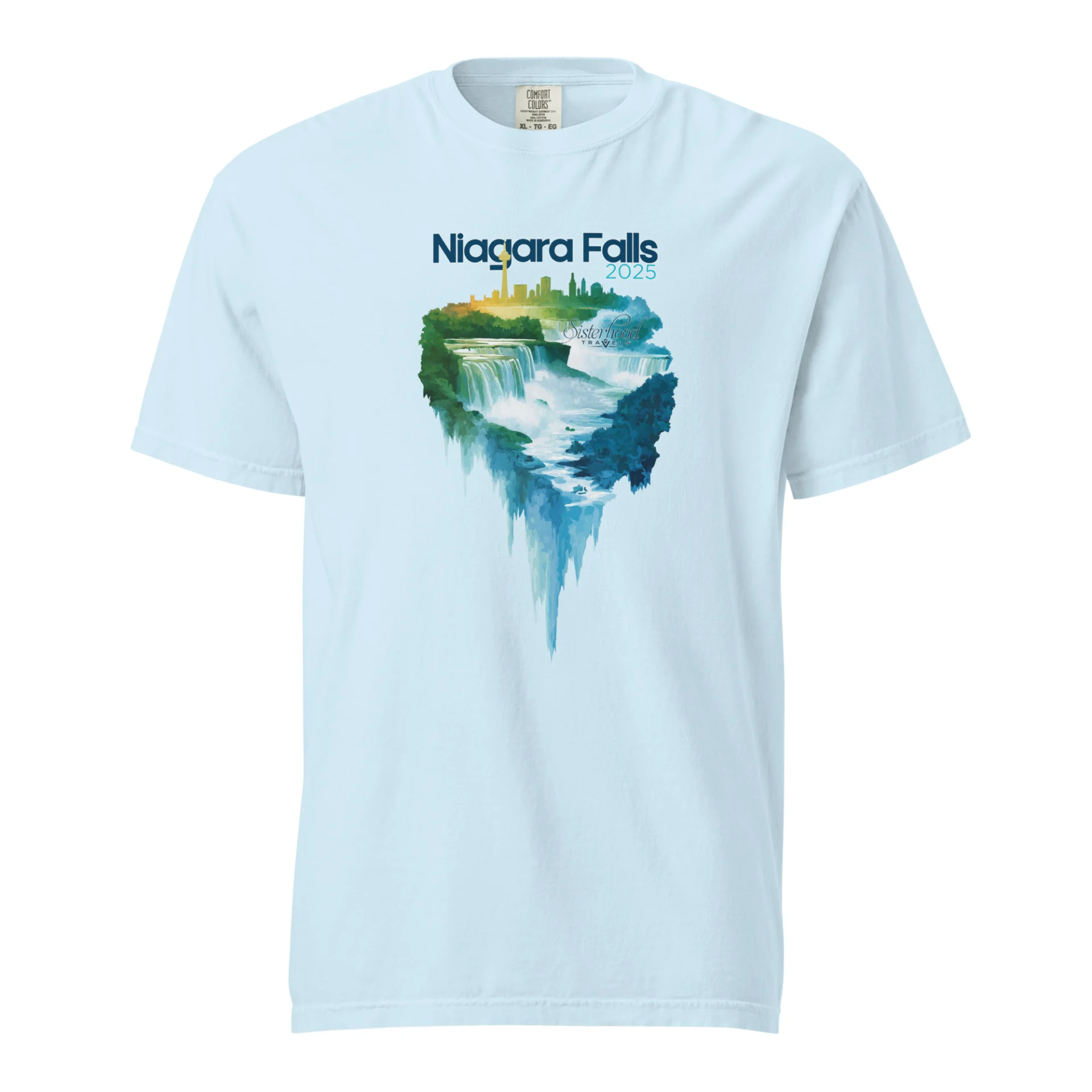Call us: (910) 742-5324
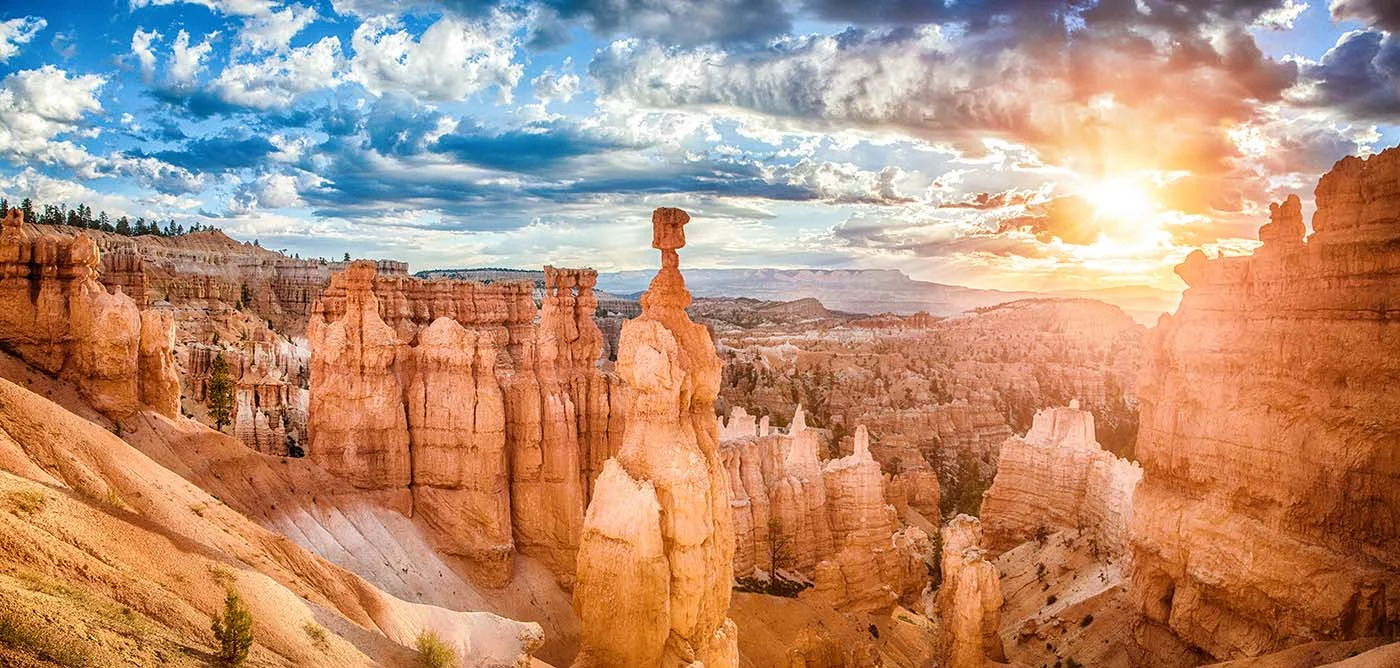
Nestled in the heart of the American Southwest, Bryce Canyon National Park is a geological wonderland that never fails to leave visitors in awe. Known for its breathtaking amphitheaters filled with crimson-colored hoodoos, Bryce Canyon offers a unique and enchanting experience. While many people are familiar with its striking vistas, several lesser-known aspects make Bryce Canyon even more fascinating. Let’s delve into the top 5 intriguing facts about this extraordinary national park.
Despite its name, Bryce Canyon isn’t a canyon. It’s a collection of natural amphitheaters formed by the erosion of the Paunsaugunt Plateau. These amphitheaters are filled with thousands of tall, slender rock formations known as hoodoos. Over time, water, frost, and wind have sculpted these remarkable spires, creating a surreal landscape that is a photographer’s dream.
Long before European settlers arrived in the region, the Paiute people inhabited the area surrounding Bryce Canyon. They referred to it as “Angka-ku-wass-a-wits,” which roughly translates to “red rocks standing like men in a bowl-shaped canyon.” The Paiute’s deep connection to the land and its rich cultural history in the region adds a layer of significance to the park.
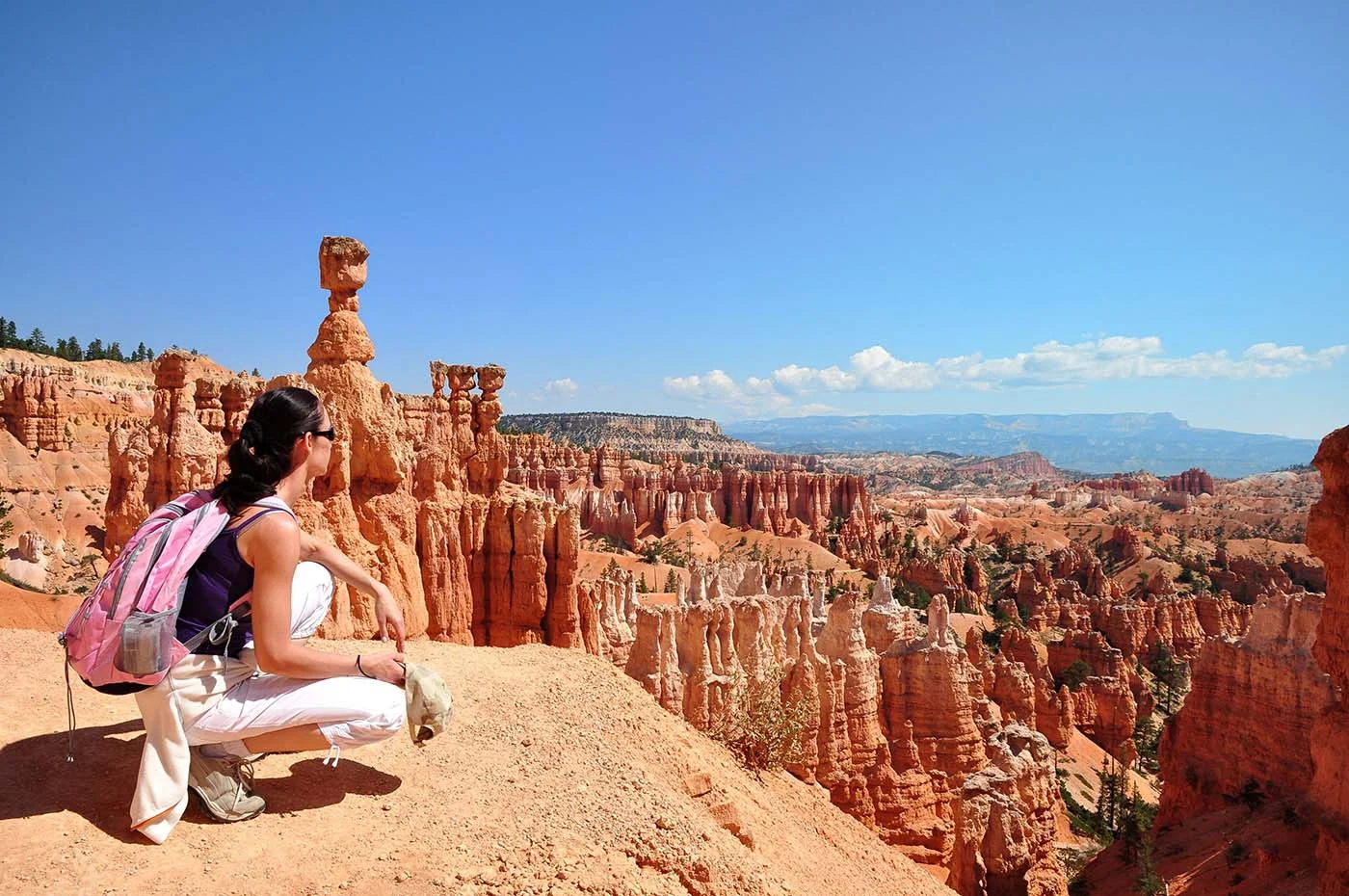
In 2019, Bryce Canyon National Park was designated as a Dark Sky Park by the International Dark-Sky Association (IDA). This recognition highlights the park’s commitment to preserving its pristine night skies and reducing light pollution. Bryce Canyon is one of the best places on Earth for stargazing, allowing visitors to witness the Milky Way and countless stars in all their glory. Special astronomy programs and events are organized yearly to enhance the stargazing experience.
Bryce Canyon’s diverse elevations result in various ecosystems and climates within the park. The highest point in the park, Rainbow Point, stands at over 9,100 feet (2,774 meters) above sea level, while the lowest point, Bryce Creek, is around 6,600 feet (2,012 meters). This variation in elevation creates a mosaic of ecosystems, from high alpine forests to desert landscapes. Due to these differences, Bryce Canyon can experience drastic temperature fluctuations between day and night, even during the summer months.
The mesmerizing hues of Bryce Canyon are not fixed; they change with the angle of the sun and the time of day. The rich reds, oranges, and pinks of the hoodoos transform as the sunlight filters through the rock formations. Sunrise and sunset are particularly magical times to witness the canyon’s vivid colors as they transition from warm golds to deep purples, creating an ethereal atmosphere perfect for photographers and nature enthusiasts.
Visiting Bryce Canyon National Park is an unforgettable experience that immerses you in the wonders of geological history and natural beauty. These five fascinating facts only scratch what makes this park so unique. Whether you’re an adventurer, a stargazer, or a lover of the great outdoors, Bryce Canyon offers something special for everyone who visits.
Are you interested in seeing Bryce Canyon up close and personal?

Stacey Ray, the visionary behind Sisterhood Travels, brings resilience and a deep passion for exploration to her role as Founder and CEO. With a rich background in travel, Stacey has led Sisterhood Travels to become an empowering, women-only platform that inspires community and adventure. Inspired by her late husband, Mike, and their travels to over 80 countries, Stacey transformed her love for exploration into a secure, welcoming space for women who seek companionship and safety in their journeys.


Who are our Sisters? Well, we’re you! We value old friendships but love making new ones. We’re intellectually curious and love a unique adventure to parts unknown. We may be single, divorced, widowed, or simply have a partner who doesn’t want to travel. Most of all, We’re kind, compassionate women who look forward to cultural immersion, exclusive adventures, lots of laughs, and the magic of Sisterhood.

